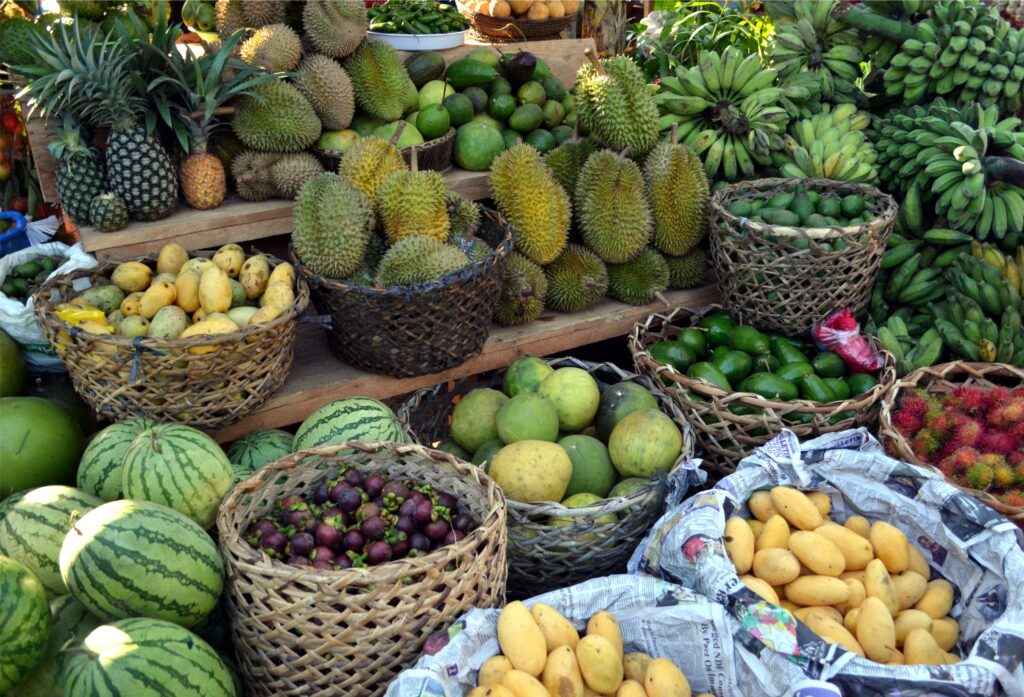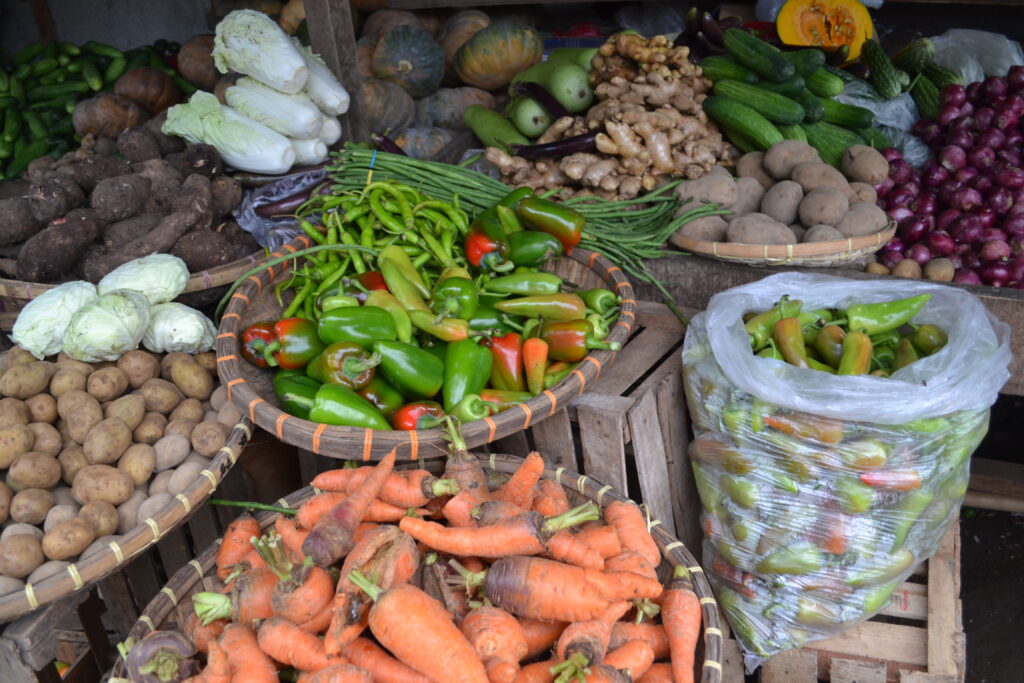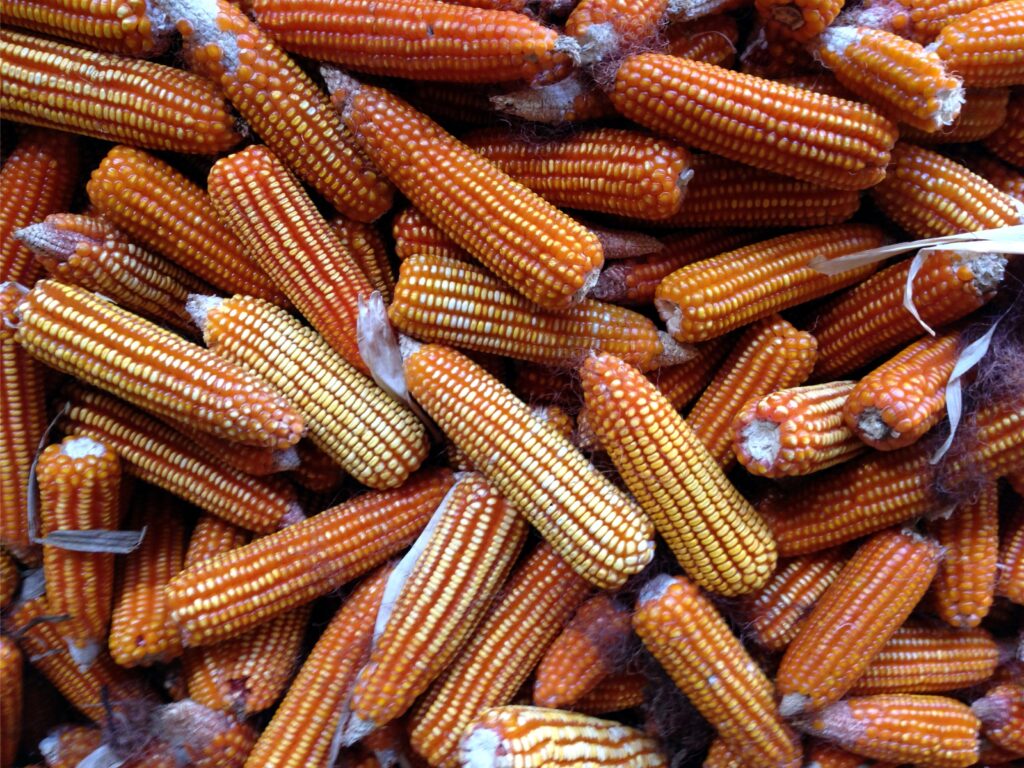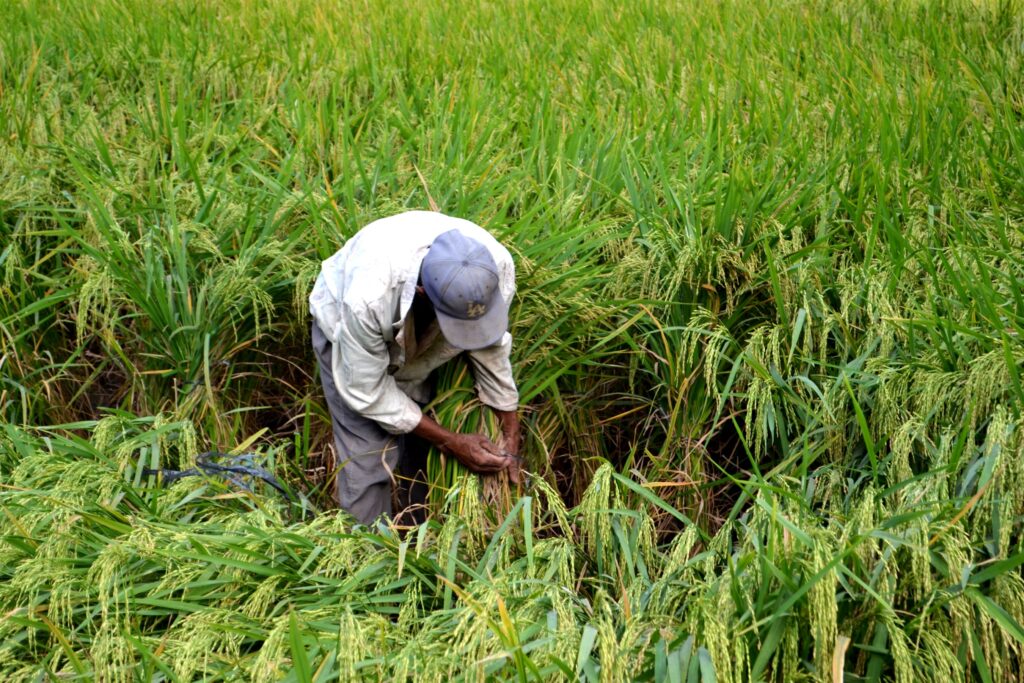Text and Photos by Henrylito D. Tacio
Agricultural crops modified through biotechnology have gone a long, long way in the Philippines.
Bt corn, which was designed to be resistant to the Asiatic corn borer (Ostrinia furnacalis), was commercialized in December 2003. Golden rice, genetically modified to contain beta-carotene, was approved for commercialization last July. Also, in July, the Department of Agriculture approved the use of Bt eggplant for direct use as food, feed, or for processing.
(Bt stands for Bacillus thuringiensis, a common soil bacterium because it was first isolated in the Thuringia region of Germany. It produces a protein that paralyzes the larvae of some harmful insects.)
Last September 30, Agriculture Secretary William D. Dar led the inauguration of the Crop Biotechnology Center (CBC) inside the Philippine Rice Research Institute (PhilRice) complex in the Science City of Muñoz, Nueva Ecija.
“This Crop Biotechnology Center is not just a showcase, but the ‘ground zero’ for increasing the productivity of various crops to feed the growing population of the country, which is also being tested by the Covid-19 pandemic,” Dar said.
Dar challenged the people managing the CBC “to be the catalyst of development and utilization of modern biotechnologies for crops.”
“And when we round up the other biotechnology centers here in the Science City of Muñoz – such as the Livestock Biotechnology Center hosted by the Philippine Carabao Center, and the proposed fisheries biotechnology center under the DA-National Fisheries Research and Development Institute – we would be building an ecosystem of agricultural abundance, adaptivity, and sustainability,” the agriculture head pointed out.
During the UN Food Systems Summit held in New York, USA, the important role of biotechnology and other scientific innovations in attaining good security was underscored.

Fresh vegetable salad 
Bountiful harvest 
Diversified crops
Sustainable agricultural modernization
“Biotechnology is the Philippine government’s response in the call for sustainable agricultural modernization,” Dar said. “As such, the Duterte government is investing in the establishment of state-of-the-art facilities that will conduct research for development activities to ensure the sustainable production of quality food items.”
Although CBC is located inside PhilRice, CBC chief Dr. Roel Suralta said that crop scientists from other agencies are all welcome to conduct their respective researches in the center for major crops, in addition to rice, like corn, coconut, coffee, banana, and sugarcane, among others.
According to Suralta, the center can do various research and development tasks using genomics and genetics, bioinformatics, and computational breeding, molecular breeding, genetic engineering, and germplasm enhancement, tissue-culturing, diagnostic and ecosystem biology, natural products, and value-adding towards the creation of new or improved agronomic and horticultural crops.
Probable solution
When it comes to food insecurity, biotechnology is seen as a probable solution. “All possible tools that can help promote sustainable agriculture for food security must be marshalled,” suggested Ismail Serageldin when he was still the vice-president of World Bank, “and biotechnology, safely developed, could be a tremendous help.”
“I think it is time that we make full use of the advances of biotechnology – where applicable – and use it to help free our people from hunger – and from ignorance – so that they in turn may not only be receivers, but sharers of the wealth of the nation with those in dire need of it,” said former senator Aquilino Pimentel Jr. during the opening of the 12th National Biotech Week some years back.
The tools used in biotechnology include gene cloning, tissue culture, microbial culture, DNA-marker technology, and genetic engineering. The latter is the most controversial as it is the method used in developing genetically modified organisms (GMOs).
Dr. Vivencio Mamaril, the officer-in-charge of the DA Biotech Program Office, clarifies that biotechnology is not the only solution to hunger. “Biotechnology is just one of the possible solutions to the problem of the looming food crisis,” he told participants of the seminar workshop on biotechnology held in Davao City.
Dr. Channapatna Prakash, a professor of plant molecular genetics, has the same view. “(Biotechnology) is not the only way to increase food production but right now represents a major scientific breakthrough to develop better crop varieties in addressing some of the food production problems,” he said.
Not a modern invention
For the uninformed, biotechnology is defined as “any technique that uses living organisms to make or modify a product, to improve plants or animals, or to develop microorganisms for specific uses.”
Biotechnology has existed since ancient times. Spirulina, one of the oldest forms of life on earth, is believed to be what the ancient Israelites of the Old Testament called “manna from heaven.”
The modern era of biotechnology, however, had its origin in 1953 when American biochemist James Watson and British biophysicist Francis Crick presented their double-helix model of DNA (deoxyribonucleic acid).
DNA, the genetic material of all cellular organisms and most viruses, carries the information needed to direct so-called “protein synthesis” and “replication.” Protein synthesis is defined as “the production of proteins needed by the cells or virus for its activities and development.” Replication, on the other hand, is “the process by which DNA copies itself for each descendant cell or virus, passing on the information needed for protein synthesis.”
In the 1960s, Swiss microbiologist Werner Arber discovered special enzymes, called restriction, in bacteria. These enzymes cut the DNA strands of any organism at precise points.

Corn 
Rice
In 1973, American geneticist Stanley Cohen and American biochemist Herbert Boyer removed a specific gene (a piece of genetic material that determines the inheritance of a particular characteristic or group of characteristics) from one bacterium and inserted it into another using restriction enzymes.
Genetic engineering
This event marked the beginning of recombinant DNA technology, commonly called genetic engineering. Generally, it is “the alternation of an organism’s genetic, or hereditary, material to eliminate undesirable characteristics or to produce desirable new ones.”
In recent years, genetic engineering has been used to increase plant and animal food production, to diagnose disease, improve medical treatment, produce vaccines and other useful drugs, and to help dispose of industrial wastes.
“Modern techniques in biotechnology have vastly increased the speed at which nature could be manipulated to serve society’s needs,” said Dr. Felimon Uriarte Jr. when he was still the head of the Department of Science and Technology (DOST). “Biotechnology, in conjunction with other emerging technologies, will undoubtedly be a major source of innovation and growth in the next millennium.”
Food safety
But the question is: are biotech crops safe to eat? “Foods produced using genetic modification are as safe as foods produced using conventional breeding techniques,” declares the US Food and Drug Administration. “Genetically modified foods are as safe as other foods available on the market.”
A 2008 review published by the Royal Society of Medicine noted that transgenic foods had been eaten by millions of people worldwide for over 15 years, with no reports of ill effects. Likewise, a 2004 report from the US National Academies of Sciences stated: “To date, no adverse health effects attributed to genetic engineering have been documented in the human population.”
The 2010 report of the European Commission Directorate-General for Research and Innovation on GMOs noted: “The main conclusion to be drawn from the efforts of more than 130 research projects, covering a period of more than 25 years of research, and involving more than 500 independent research groups, is that biotechnology, and in particular GMOs, are not per se more risky than conventional plant breeding technologies.”
The other side
There are always two sides of a coin. There are those who oppose using biotechnology as a method against food insecurity. “I believe that this kind of genetic modification takes mankind into realms that belong to God, and to God alone,” deplored Prince Charles in 1998.
Dr. Peter Wills, a theoretical biologist at Auckland University, agrees: “By transferring genes across species barriers which have existed for eons, we risk breaching natural thresholds against unexpected biological processes.”
To be or not to be, said William Shakespeare. Should biotech crops be allowed or not? One sage puts it in this perspective: “A man who has enough food has several problems. A man without food has only one problem.” Or as the Roman poet Horace said: “Only a stomach that rarely feels hungry scorns common things.”

